Advancements in Satellite Technology
Technological advancements in satellite systems are propelling the Satellite-Enabled IoT Software Market forward. Innovations such as low Earth orbit (LEO) satellites are enhancing data transmission speeds and reducing latency, making satellite communications more competitive with terrestrial networks. These advancements enable real-time data collection and analysis, which is crucial for industries like transportation and environmental monitoring. The introduction of smaller, more cost-effective satellites has also lowered the barriers to entry for businesses looking to implement IoT solutions. As a result, the market is witnessing an influx of new players and solutions, further stimulating growth and diversification within the Satellite-Enabled IoT Software Market.
Growing Focus on Environmental Monitoring
The Satellite-Enabled IoT Software Market is increasingly recognized for its role in environmental monitoring and management. With rising concerns about climate change and natural resource depletion, organizations are leveraging satellite-enabled IoT solutions to gather critical data on air quality, water resources, and land use. This data is essential for informed decision-making and policy formulation. The market is projected to expand as governments and private entities invest in satellite technologies to enhance their environmental monitoring capabilities. Reports indicate that the environmental monitoring segment within the Satellite-Enabled IoT Software Market could account for a substantial share of the overall market, reflecting the growing emphasis on sustainability and ecological preservation.
Integration with Industrial IoT Applications
The integration of satellite-enabled solutions with industrial IoT applications is a key driver for the Satellite-Enabled IoT Software Market. Industries such as oil and gas, mining, and transportation are increasingly adopting satellite technology to monitor assets and optimize operations in real-time. This integration allows for enhanced tracking of equipment, predictive maintenance, and improved supply chain management. As industries seek to enhance operational efficiency and reduce costs, the demand for satellite-enabled IoT solutions is expected to rise. Market analyses suggest that this segment could witness a significant increase in investment, as companies recognize the value of satellite connectivity in their industrial IoT strategies.
Rising Demand for Connectivity in Remote Areas
The Satellite-Enabled IoT Software Market is experiencing a surge in demand for connectivity solutions in remote and underserved regions. As traditional communication infrastructure often fails to reach these areas, satellite technology provides a viable alternative. This demand is driven by various sectors, including agriculture, energy, and logistics, which require reliable data transmission for operational efficiency. According to recent estimates, the market for satellite-enabled IoT solutions is projected to grow significantly, with a compound annual growth rate (CAGR) of over 20% in the coming years. This growth reflects the increasing reliance on satellite communications to bridge connectivity gaps, thereby enhancing the overall functionality of IoT applications in remote locations.
Supportive Government Policies and Investments
Government policies and investments play a crucial role in shaping the Satellite-Enabled IoT Software Market. Many governments are actively promoting the adoption of satellite technologies to enhance national infrastructure and improve connectivity. Initiatives aimed at fostering innovation in satellite communications are likely to attract funding and support from both public and private sectors. This supportive environment encourages research and development, leading to the emergence of new satellite-enabled IoT solutions. As a result, the market is expected to benefit from increased investment in satellite infrastructure, which could further accelerate growth and adoption across various sectors.
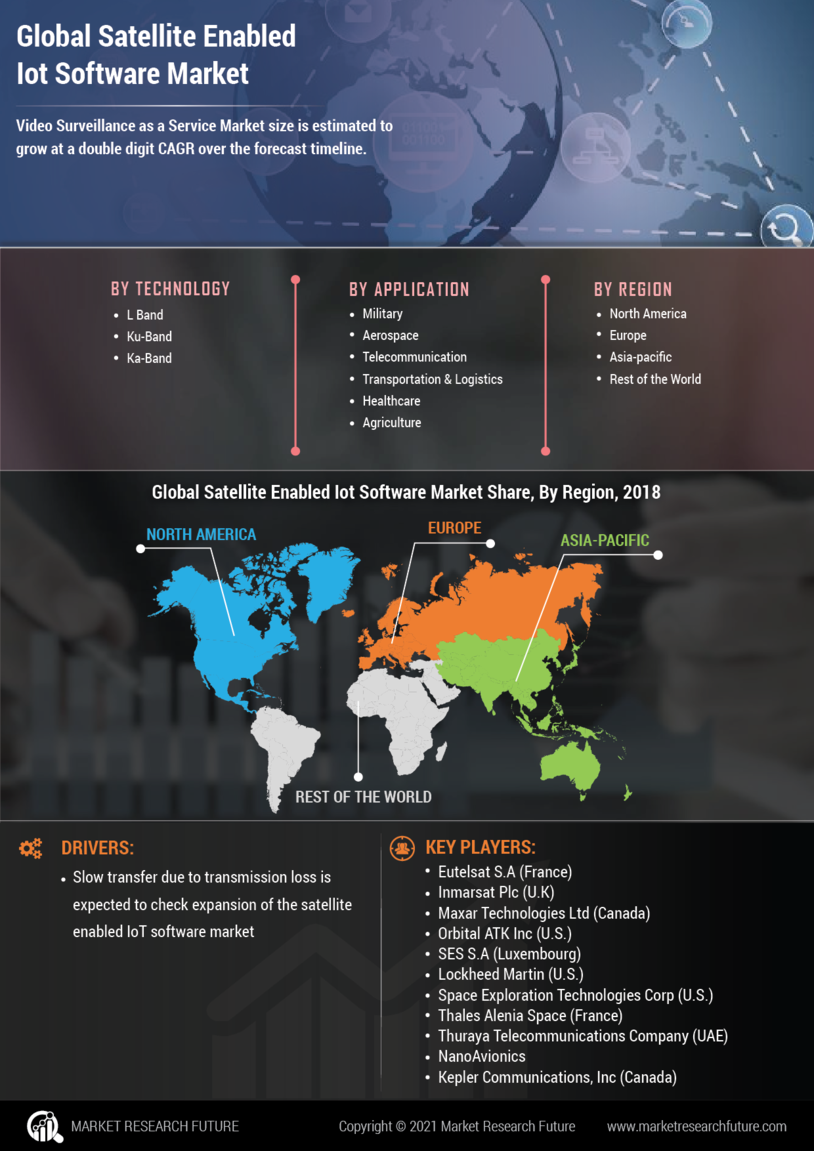

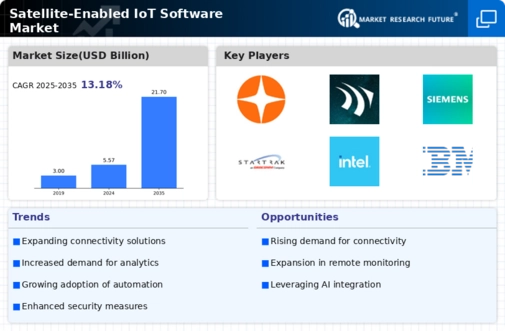
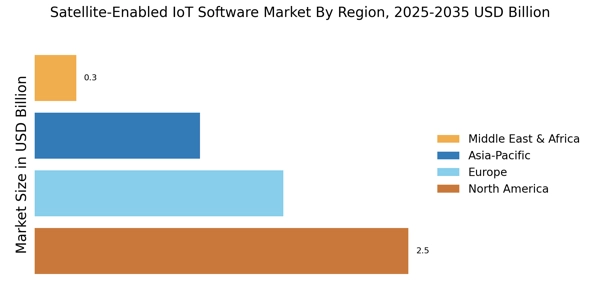
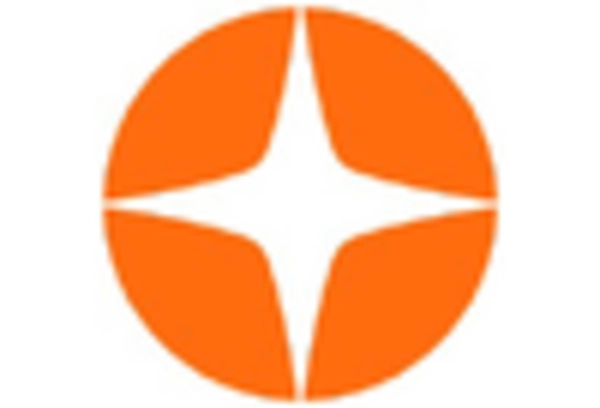
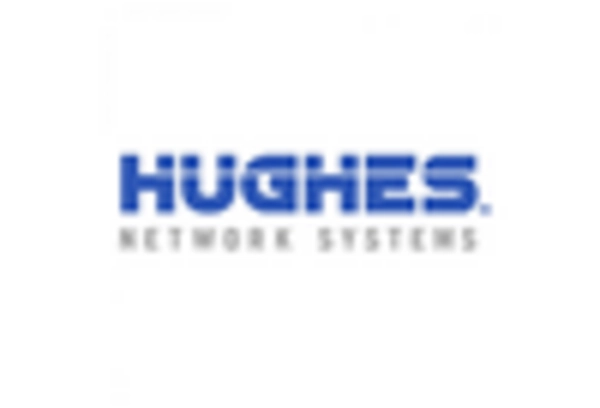












Leave a Comment